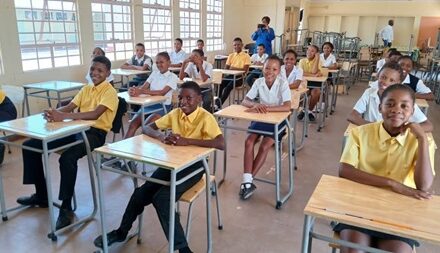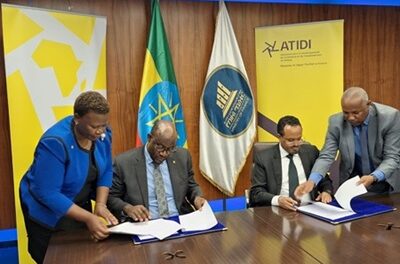
The unemployment rate among people with disabilities in Namibia stands at 39%, which is higher for women at 43.5% while the rate for men is at 34.7%.
But at 50%, women living with albinism account for the highest unemployment rate among people living with disabilities.
This information was revealed in a “Report on the Public Hearings on Discrimination and other Challenges Faced by Persons with Albinism in Namibia”.
The report, which was released today in Ongwediva, is a result of a series of public hearings conducted by the Office of the Ombudsman between July 2019 and August 2021.
Other stakeholders such as Unesco, Namibian Albino Association, and the Support in Namibia of Albinism Sufferers Requiring Assistance – Albino Care (Sinasra) provided assistance in the conducting of the public hearings, as well as the preparation and release of the report.
On the section of “employment” the report highlights that people with albinism have difficulties getting jobs due to their physical appearance, poor eyesight, lack of sufficient skills, educational background and limited work experience.
The report states that “participants narrated the forms of discrimination they faced, which included unfair labour practices, stigmatization and name-calling within the workplace.
“Most employment adverts in Namibia encourage persons with disabilities to apply but no reasonable accommodation is provided during the interviews.
“Persons with disabilities often avoid indicating their disabilities and reasonable accommodation needs in job application, which is often used to disqualify them.
“Lack of education, relevant skills and work experience continue to be stumbling blocks. For instance, during the Windhoek public hearings, a young woman with albinism stated that she was trained as an electrician at the NIMT but could not find a job. She further said that a potential employer once told her that she was weak and could not work due to her sight.
“A participant in Windhoek pointed out that when they ask potential employers if they have a vacancy they are told there is no vacancy. However, they later learn they were discriminated against due to their condition.
“A female employee in the Kavango lamented that some workplaces have unfair labour practices where persons with albinism are paid less than other employees of the same rank.”
While the 52 pages long report contains submissions and recommendations on specific sections, such as albinism-related discrimination in sectors such as Access to land, Housing and Financial services, Employment, Education, and Health, the basis of the inquiry seems to have been handicapped by the absence of a legal framework specifically tailor-made for the interests of the section of the population living with albinism.
And in it’s ‘general recommendations’ the report also fails to state that there is a need for Parliament to come up with such a legal framework or Cabinet to come up with a specific policy, rather than just including people with albinism in the broad category of “people with disabilities.”
When asked for comment, Public Relations Officer for the Office of the Ombudsman, Ms Aurelia David, said that the report is just the beginning of further inquiries.
“We don’t really do law,” David said.
“That [legal instrument] is perhaps for the Law Reform. But this is a starting point, there has been nothing like this [inquiry] before. So, all advice and criticism are welcome.”
The launch of the report was attended by high profile officials, such as the Ombudsman Advocate Basilius Dyakugha, Unesco’s Country Representative Mr. Djaffar Moussa-Elkadhum, Okatana Constituency Councillor Edmund Ishuwa, vice president of Namibian Albinism Association Mr. Joseph Ndinomupya, and other stakeholders including the police from Oshana region.
Ohangwena region is said to have the highest concentration of persons with albinism, at 16.1%, followed by Omusati (14.1%), and Oshikoto at 13.9%.
In the photo: A mother with her child whose skin is melanin-deficient (photo courtesy of sinasra.org)







